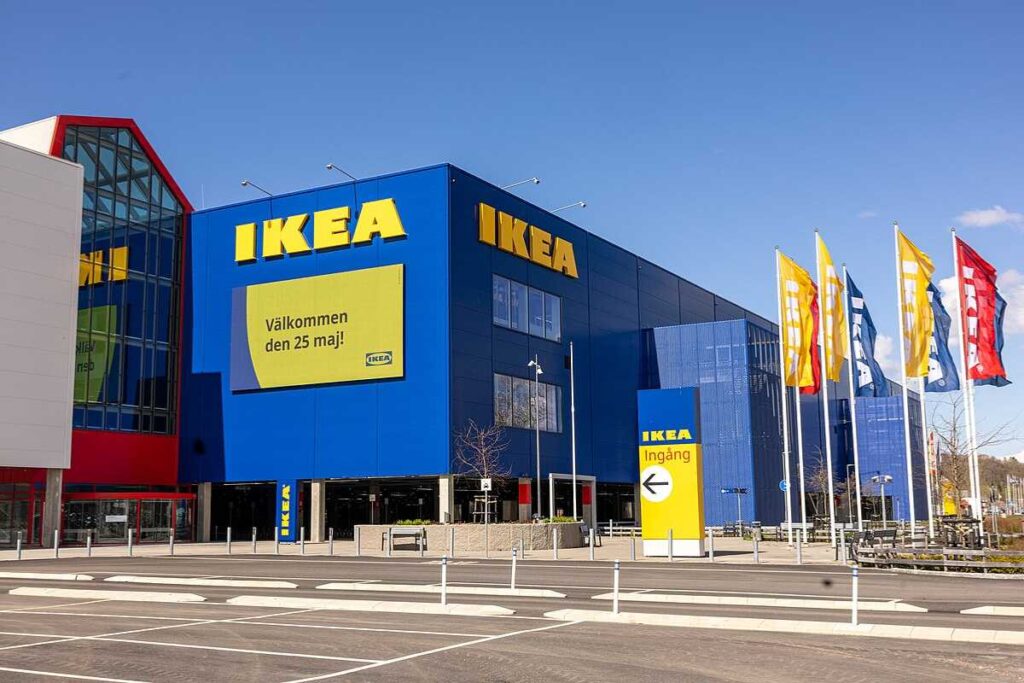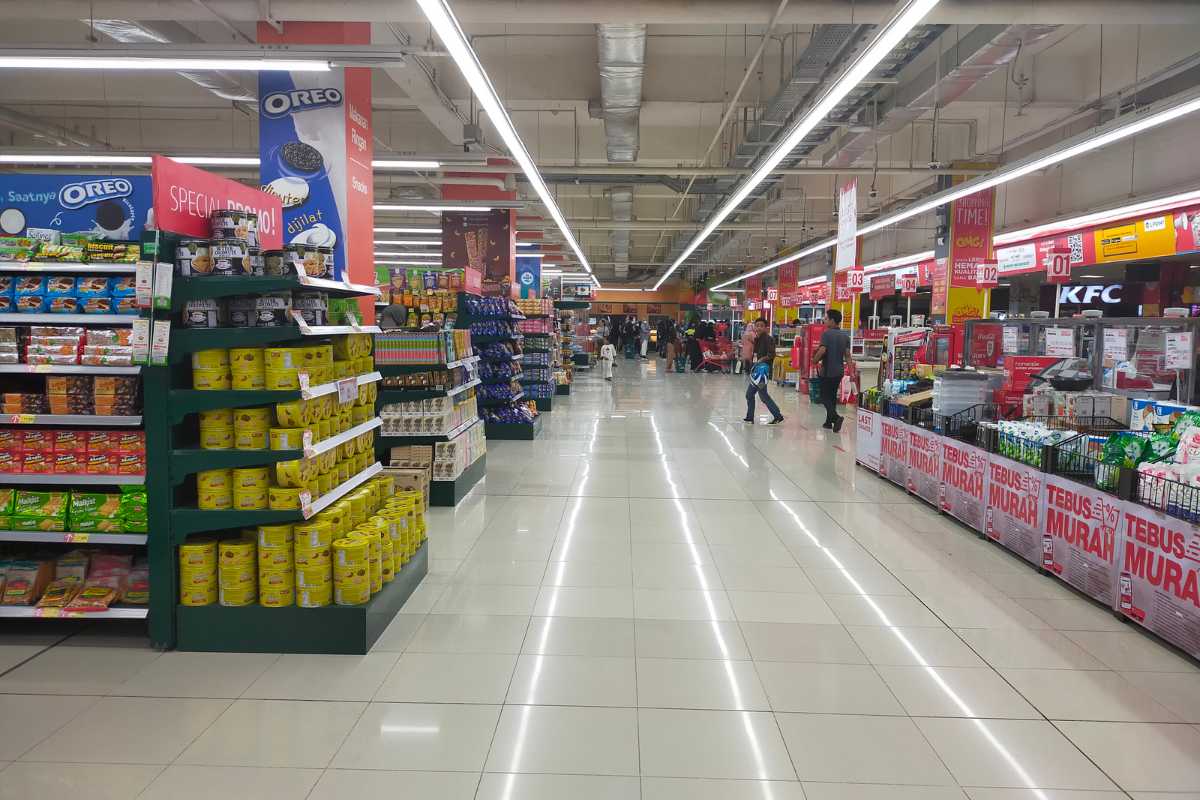It’s 2025, and the checkout counter has become a battlefield of conscience.
Beyond price tags and product features, consumers are now scanning for something else: climate impact. They want to know where the cotton was grown, how much water was used, whether it was shipped via air freight, and whether it was made by fairly paid workers. They’re looking for truth in a sea of marketing gloss.
Today’s shoppers aren’t just looking for deals. They’re looking for alignment between what they value and what they buy.
Welcome to the era of the climate-conscious consumer, where sustainability isn’t a selling point; it’s the baseline expectation. And the future of retail will be defined by how deeply brands can meet this new standard.
The Rise of the Ethical Shopper
The climate crisis isn’t abstract anymore. Wildfires, rising sea levels, heatwaves, and plastic-choked oceans are affecting people’s daily lives. For many, climate change has moved from science fiction to consumer urgency.
And as awareness grows, so does the demand for accountability.
Surveys in 2024 revealed that:
- Over 75% of Gen Z and Millennials prefer to buy from sustainable brands.
- More than 60% are willing to pay a premium for ethically produced goods.
- A growing segment has boycotted brands over greenwashing or unethical practices.
In short, consumers aren’t passive; they’re activists with wallets.
Redefining Retail: What Climate-Conscious Consumers Expect
The climate-conscious shopper isn’t just asking “Is this sustainable?”, they’re asking how, where, and by whom. Retailers must answer with clarity, not clever taglines.
1. Transparency Is Non-Negotiable
No more vague “eco-friendly” claims or leafy logos. Shoppers want hard data.

They’re scanning QR codes to see:
- Carbon footprints of each item
- Lifecycle assessments
- Labor and sourcing certifications
- Packaging material details
- Environmental impact comparisons
Brands like Allbirds, Patagonia, and Veja lead the way by publishing sustainability reports, listing materials openly, and inviting third-party audits.
In 2025, transparency is trust, and trust is currency.
2. Circularity Is the New Luxury
Sustainability isn’t just about using organic materials. It’s about rethinking the entire product lifecycle.
Circular retail models, where products are designed to be repaired, resold, reused, or recycled, are booming. Major shifts include:
- Resale platforms embedded into brand websites (think Levi’s SecondHand or Lululemon Like New)
- Repair services offered as perks (e.g., Patagonia’s Worn Wear program)
- Take-back programs for responsible disposal
- Modular product designs are made to be disassembled and reused
Luxury today isn’t a $5,000 handbag; it’s a zero-waste item that lasts 20 years.
3. Minimalism Over Maximalism
The days of “haul culture” are waning. In its place is a new ethos: buy less, buy better.
Consumers are embracing:
- Capsule wardrobes
- Quality over quantity
- Timeless design over trendy clutter
Brands that release fewer, more intentional collections, with seasonless appeal, are winning loyalty. The future isn’t fast. It’s thoughtful.
The Tech Behind Climate-Conscious Retail
This retail revolution is powered by tech because digital innovation is helping close the gap between values and visibility.
Blockchain for Supply Chain Transparency
Blockchain allows every step, from cotton farm to storefront, to be digitally tracked and verified. Consumers can trace the journey of a garment or a product in real time.
AI for Carbon Footprint Calculations
Brands are using AI to assess product emissions and suggest alternatives with lower environmental impact, even at the point of purchase.
Virtual Fitting Rooms and Try-Before-You-Buy
To reduce returns (and the emissions that come with them), retailers offer digital try-ons, AI size recommendations, and even AR wardrobe planning tools.
Eco-Ratings and Product Labels
Think of it as the “nutrition label” for clothes or gadgets, eco-scores and carbon tags that give quick, digestible info on a product’s footprint.
The Emotional Side of Ethical Shopping

Climate-conscious retail isn’t just logical, it’s emotional.
Buying ethically allows people to align their purchases with their principles. It’s a form of identity, activism, and hope. Every biodegradable shirt or carbon-neutral meal kit becomes a small but powerful act of resistance against climate apathy.
In a world that often feels out of control, shopping with intention gives consumers a sense of agency. And that feeling? It’s priceless.
Challenges for Brands: Walking the Green Talk
Not every brand is ready for this shift. Some try to ride the wave without doing the work, offering “green” collections while outsourcing to unethical factories or using misleading terms.
That’s called greenwashing, and in 2025, consumers will see right through it.
To succeed in the age of climate-consciousness, brands must:
- Back up claims with data
- Invest in cleaner supply chains
- Train employees in sustainability literacy
- Speak with humility, acknowledging progress and imperfection
It’s not about being perfect, it’s about being accountable.
Case Studies: Retailers Doing It Right
Everlane
Once criticized for its labor practices, Everlane has doubled down on radical transparency. It publishes detailed impact reports, shares factory info, and has launched a “Clean Silk” line that uses no harmful dyes or toxic chemicals.
IKEA
The Swedish giant has pledged to become fully circular by 2030, offering furniture take-back programs, recyclable materials, and energy-efficient designs.

The Renewal Workshop
This company partners with fashion brands to clean, repair, and resell damaged or returned goods, keeping textiles out of landfills.
These aren’t trends, they’re transformations.
Retail Spaces Are Changing Too
Even physical stores are evolving to meet the needs of climate-conscious shoppers:
- Carbon-neutral buildings made with reclaimed or low-impact materials
- In-store repair stations where customers can fix or customize clothes
- Sustainable pop-ups that feature local, ethical artisans
- Interactive displays showing emissions data and supply chain maps
- Community-led events on low-waste living, upcycling, or climate action
Shopping is becoming less about consumption and more about connection.
What This Means for the Future
The climate-conscious consumer isn’t going away; in fact, they’re growing in influence. They’re young, informed, vocal, and value-driven. And they’re shaping not only what we buy, but why we buy.
For retailers, this is not a threat; it’s a massive opportunity.
Those who adapt will build deeper brand loyalty, stronger communities, and long-term success. Those who resist will fade into irrelevance.
Because in the retail landscape of 2025 and beyond, the real bottom line is no longer just profit, it’s planet, people, and purpose.
Final Thoughts: Shopping as a Climate Solution
It might seem counterintuitive to think of shopping as a climate solution. But when done thoughtfully, through reuse, repair, transparency, and innovation, retail can be a force for good.
The climate-conscious consumer isn’t asking for perfection. They’re asking for progress. And they’re willing to support any brand bold enough to walk that path with them.
So, whether you’re a shopper, a seller, or somewhere in between, remember this: every dollar is a decision. Every purchase is a vote. Every item on the shelf is a chance to shape a better, cooler, more sustainable future.
And that’s one trend worth buying into.

